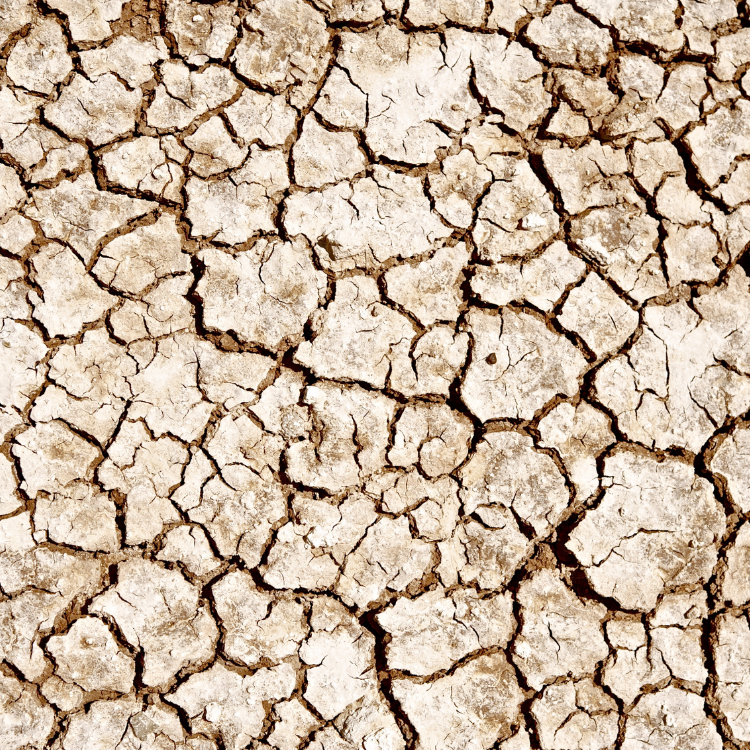

Vulnerability of hop-yields due to compound drought and heat events over European key-hop regions
Title: Vulnerability of hop-yields due to compound drought and heat events over European key-hop regions
Authors: Potopová Vera, Lhotka Ondřej, Možný Martin, Musiolková Mariea
Journal: International Journal of Climatology
URL: https://doi.org/10.1002/joc.6836
Not good news for beer drinkers!
Hop (Humulus lupulus L.) is a globally important crop and is grown especially for hop oils, α- and β-acids, which are used in beer brewing to add bitterness and aroma to beer. Hop production can be an example for demonstrating the wide-ranging effects of compound events (CEs), when the impacts depend on multiple dependent climate variables. CEs encompass a highly diverse set of events including multiple climate extremes (e.g. dry-cool, dry-hot, wet-cool, wet-hot, irrigation-induced cooling, yield losses-drought/heat-pests/diseases-market prices). Both extreme dry–hot and cool–wet thresholds lead to lower α–acid contents and can also decrease the yield of hop cones (see photo; the dried female flower clusters). Exposure to strong wind, for example, can cause leaf damage and some loss of cone, both of which affect bine health and yield. Simultaneous heat waves and drought events (i.e. a period of consecutive extremely hot days and low precipitation) lead to the expansion of weeds and pests. Hop cultivars that have been weakened by drought are generally less resistant to insects and other pests. Furthermore, storms, hail and longer rain periods with high air humidity lead to damaged plant tissues, stressed plants, and easier infection by fungal diseases. These pests and diseases cost overseas producers millions of euros annually in crop loss and crop protection expenses. In previous years, the susceptibility of the hop crop to a range of pests and diseases has significantly affected market prices. Rising demand and lower yields have driven the increases in hop prices. Potopová et al. (2020) discovered that the hotter European droughts caused decreases in noble aromatic hops by 29% to 68%. Farmers have stabilized and increased the yields, but they have also spent more money on irrigation. This is because enhancing the yield and quality of hop cones means that spring/summer irrigation is essential for maintaining adequate soil moisture levels.
The coupling effects of CEs may gradually lead to changes in the regionalization of hop production. Policy assistance may be necessary for the adaptation of the EU hop-growing industry to changing climatic conditions. Even with the modest warming so far experienced, yields have stagnated and quality has declined. This fact means further expenses for premium beer production, which also contains aromatic hops.






